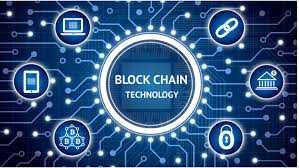Analytics_Vidhya_Blockchain_Technology
About. Prof. Arun C Mehta
CONTACT
Enrolment Ratio 2024-25
Documentary on Life & Times of Prof. Arun C Mehta
Search EFA in India
Guestbook
-
Supplement Guide / November 23, 2025
Just visited educationforallinindia.com - truly impressed by the commitment to inclusive education.
-
ACCA Course / November 4, 2025
I recently came across educationforallinindia.com and was truly impressed by the dedication to spreading awareness about inclusive and quality education in India. I’d love to stay connected and explore ways to contribute or collaborate in promoting educational opportunities for all.
-
Shruti Agarwal / October 31, 2025
My name is Shruti, and I am a PhD candidate at the University of Warwick (UK) working on education systems in India. I’ve been following your writings and analyses for a while, and they’ve been deeply inspiring to me. Thank...
-
Prof (Dr.)K. Sudha Rao / August 30, 2025
Excellent, I am extremely happy to see the analysis referring to the High Court’s August 2025 ban, already indicated in Mehta’s study and report physical deterioration systemic failures in data and oversight. Are not only revealing but also the negligence...
-
Arjun Singh Thakur / August 29, 2025
Prof. Arun C. Mehta’s website “Education for All” is not only a rich repository of data and research but also a guiding source for learners and professionals committed to the cause of education. The clarity, depth, and authenticity with which...






